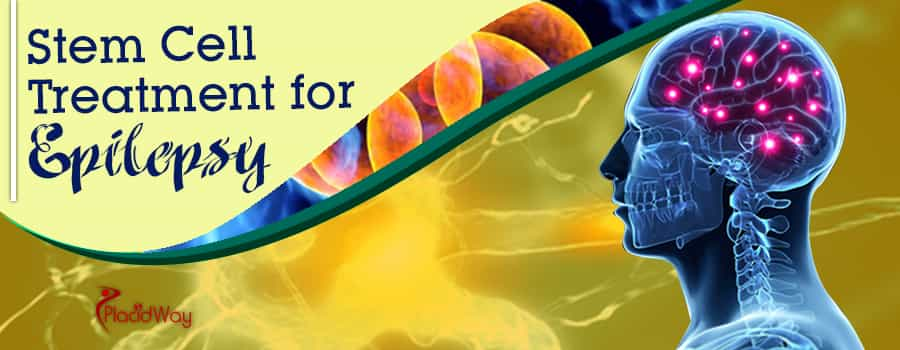
Stem cell therapies and technologies are gaining more acceptance around the globe as the efficacy and benefits of a variety of stem cell treatment approaches to chronic disease conditions, injuries, and other illnesses become apparent. One of the most controversial types of stem cell research, but one of the most effective, is the use of embryonic stem cells in devising treatments or therapies for a variety of ills. Contrary to popular opinion however, embryonic stem cells are not taken from live fetuses, babies, or in any other way hurt or harm a fetus, infant, baby, or the mother. Rather, most embryonic stem cells are cultivated from donations made by women who have undergone successful fertilization treatments and therapies.
Embryonic stem cells have the unique capacity to develop into any type of cell in the human body; blood, bone, brain tissue, liver tissue, skin tissue, etc.. Embryonic stem cell research can help regenerate and restore damaged brain tissue, making it an extremely viable therapy for individuals diagnosed with various forms of the epilepsy.
Scientists and researchers have studied and determined that neuron precursor cells taken from embryonic stem cells can be transplanted or implanted into brain tissue and generate new brain tissues in that area. Over 80 nations have conducted studies and experiments in this field, which has led to positive results expressing hope for extremely effective therapies for improving brain function not only with individuals diagnosed with epilepsy, but those diagnosed with Parkinson's and Alzheimer's disease as well.
Studies in Germany have focused on transplantation of embryonic stem cell derived neuron precursor cells into the central nervous system for improved symptoms and brain function of epilepsy patients. While such technologies are still in their infancy, studies have shown promise in the ability of embryonic stem cells to migrate into various regions of the brain as well as process and receive signals from that person's brain.
Stem cell therapy studies have also noted that stem cell implantation or transplants into the brain help to repress the number and severity of seizures that people diagnosed with epilepsy may experience, offering a new approach to therapies offered for epilepsy. Such studies show promise for individuals who don't respond well to traditional prescriptive anti-seizure medications.
Umbilical cord and placental stem cells are also viable options for treating epilepsy. Studies throughout Mexico, Latin America, Asia and Europe are also following such avenues in their research, studies, and clinical trials. Research has determined that a component called adenosine, which can be received from stem cell implants, helps to suppress seizures, and the transplantation of GABA-producing (gamma-Aminobutyric acid) stem cells may be utilized for those diagnosed with intractable seizures, or seizures that are difficult to control.
Scientists and researchers are focusing on neurogenesis, or the production and proliferation of new and healthy neural cells in the brain and central nervous system to help alleviate symptoms of epilepsy in millions of individuals around the world. Current studies have determined that therapies and studies underway may have extreme beneficial effects on epileptic syndromes, and studies will certainly continue into the future in regard to learning and understanding regeneration or neurogenesis of brain cells and tissues that may help alleviate, reduce, and even someday cure epilepsy syndromes found in most children and adults.
If you need information about where you can get stem cell therapy for epilepsy or you want to ask us a question, use the button below:

Stem Cell Therapy Abroad